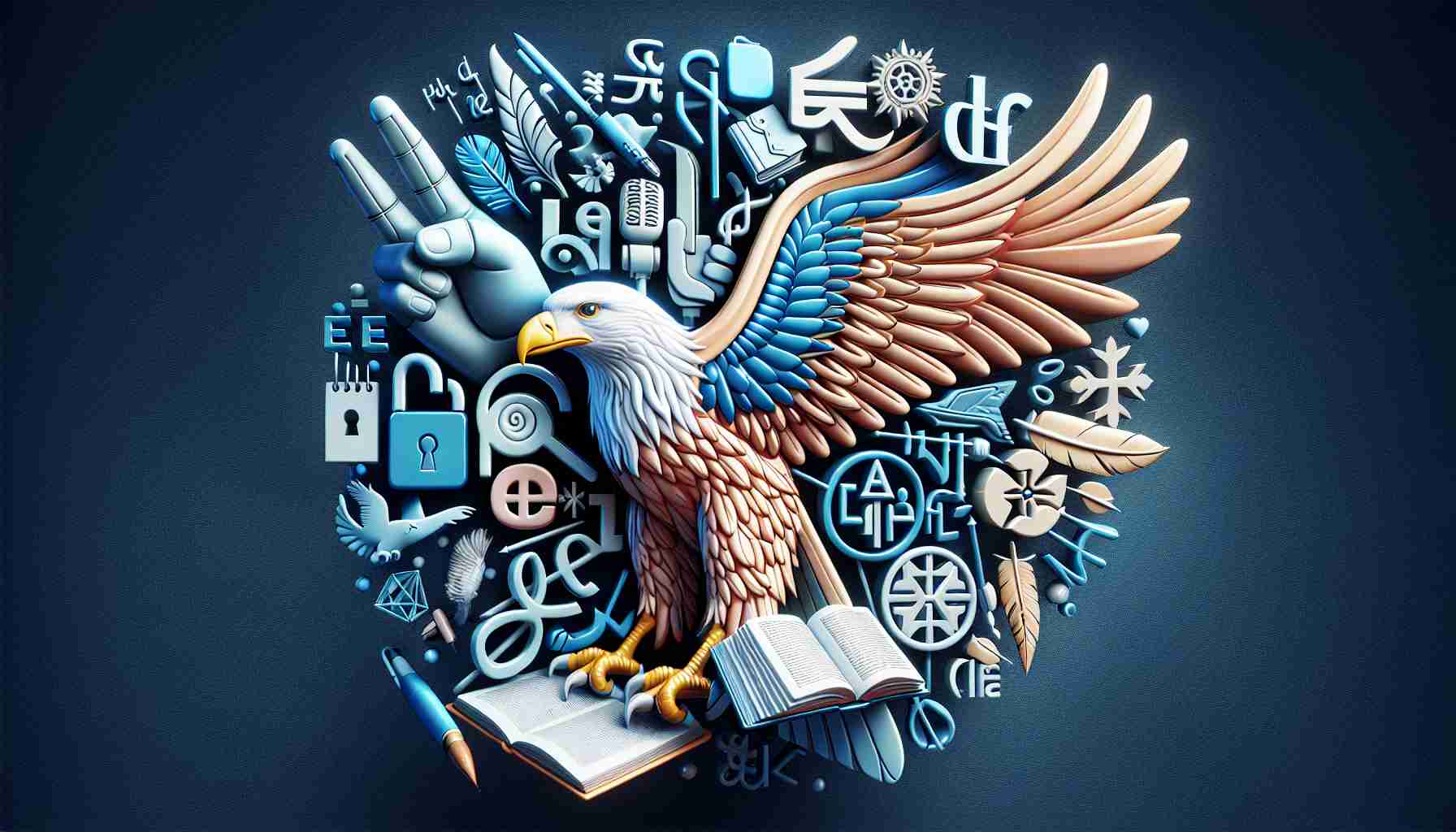In the realm of artificial intelligence (AI), one exciting and rapidly evolving area of exploration is the synthesis of linguistic and visual inputs. With the advent of multimodal models, the ambition to merge text with images has opened up unprecedented possibilities for machine comprehension. These advanced models aim to grasp and utilize both forms of data, offering immense potential for generating detailed image captions and providing accurate responses to visual queries.
However, accurately interpreting images combined with text still remains a considerable challenge for existing models. The complexity of real-world visuals, particularly those containing embedded text, often poses significant hurdles. Understanding images with textual information is crucial for models to truly mirror human-like perception and interaction with their environment.
Current methodologies in this field include Vision Language Models (VLMs) and Multimodal Large Language Models (MLLMs). These models have been designed to bridge the gap between visual and textual data, integrating them into a cohesive understanding. However, they often struggle to fully capture the intricacies and nuanced details present in visual content, especially when it comes to interpreting and contextualizing embedded text.
In an effort to address these limitations, researchers in the field of SuperAGI have developed Veagle – a unique model that dynamically integrates visual information into language models. Veagle stands out for its innovative approach, which combines insights from prior research with a sophisticated mechanism to project encoded visual data directly into the linguistic analysis framework. This allows for a deeper, more nuanced comprehension of visual contexts, significantly enhancing the model’s ability to interpret and relate textual and visual information.
Veagle’s methodology revolves around a structured training regimen that involves the utilization of a pre-trained vision encoder alongside a language model. Through two meticulously designed training phases, the model assimilates the fundamental connections between visual and textual data, establishing a solid foundation. Subsequent refinement enables Veagle to interpret complex visual scenes and embedded text, facilitating a comprehensive understanding of the interplay between the two modalities.
Evaluation of Veagle’s performance reveals its superior capabilities in benchmark tests, particularly in visual question answering and image comprehension tasks. The model showcases a 5-6% enhancement in performance compared to existing models, setting new standards for accuracy and efficiency in multimodal AI research. These outcomes not only highlight the effectiveness of Veagle in integrating visual and textual information, but also showcase its versatility and potential applicability across a wide range of scenarios beyond established benchmarks.
Veagle represents a paradigm shift in multimodal representation learning by offering a more sophisticated and effective means of integrating language and vision. By overcoming the prevalent limitations of current models, Veagle paves the way for further research in VLMs and MLLMs. This advancement signals a move towards models that can more accurately mirror human cognitive processes, enabling them to interpret and interact with the environment in ways previously unattainable.
For more details on Veagle, you can refer to the Marktechpost article.
In the realm of artificial intelligence (AI), the synthesis of linguistic and visual inputs is a rapidly evolving area of exploration. The advent of multimodal models has opened up unprecedented possibilities for machine comprehension by merging text with images. These advanced models aim to utilize both forms of data to generate detailed image captions and provide accurate responses to visual queries.
Despite the potential, accurately interpreting images combined with text remains a considerable challenge for existing models. Real-world visuals, especially those containing embedded text, pose significant hurdles due to their complexity. To truly mirror human-like perception and interaction with the environment, models need to understand images with textual information.
Current methodologies in this field include Vision Language Models (VLMs) and Multimodal Large Language Models (MLLMs). These models have been designed to bridge the gap between visual and textual data, integrating them for a cohesive understanding. However, they struggle to capture the intricacies and nuanced details present in visual content, particularly when it comes to interpreting and contextualizing embedded text.
To address these limitations, researchers in the field of SuperAGI have developed Veagle, a unique model that dynamically integrates visual information into language models. Veagle stands out for its innovative approach, combining prior research insights with a sophisticated mechanism to project encoded visual data directly into the linguistic analysis framework. This allows for a deeper, more nuanced comprehension of visual contexts and enhances the model’s ability to interpret and relate textual and visual information.
Veagle’s methodology revolves around a structured training regimen that involves the utilization of a pre-trained vision encoder alongside a language model. Through two meticulously designed training phases, the model assimilates the fundamental connections between visual and textual data, establishing a solid foundation. Subsequent refinement enables Veagle to interpret complex visual scenes and embedded text, facilitating a comprehensive understanding of the interplay between the two modalities.
Evaluation of Veagle’s performance reveals its superior capabilities in benchmark tests, particularly in visual question answering and image comprehension tasks. The model showcases a 5-6% enhancement in performance compared to existing models, setting new standards for accuracy and efficiency in multimodal AI research. These outcomes highlight the effectiveness of Veagle in integrating visual and textual information, demonstrating its versatility and potential applicability across a wide range of scenarios beyond established benchmarks.
Veagle represents a paradigm shift in multimodal representation learning by offering a more sophisticated and effective means of integrating language and vision. By overcoming the prevalent limitations of current models, Veagle paves the way for further research in VLMs and MLLMs. This advancement signals a move towards models that can more accurately mirror human cognitive processes and interpret and interact with the environment in ways previously unattainable.
For more details on Veagle, you can refer to the Marktechpost article “Researchers at SuperAGI Improve ML Scaling behind GPT-3”.
The source of the article is from the blog mivalle.net.ar

